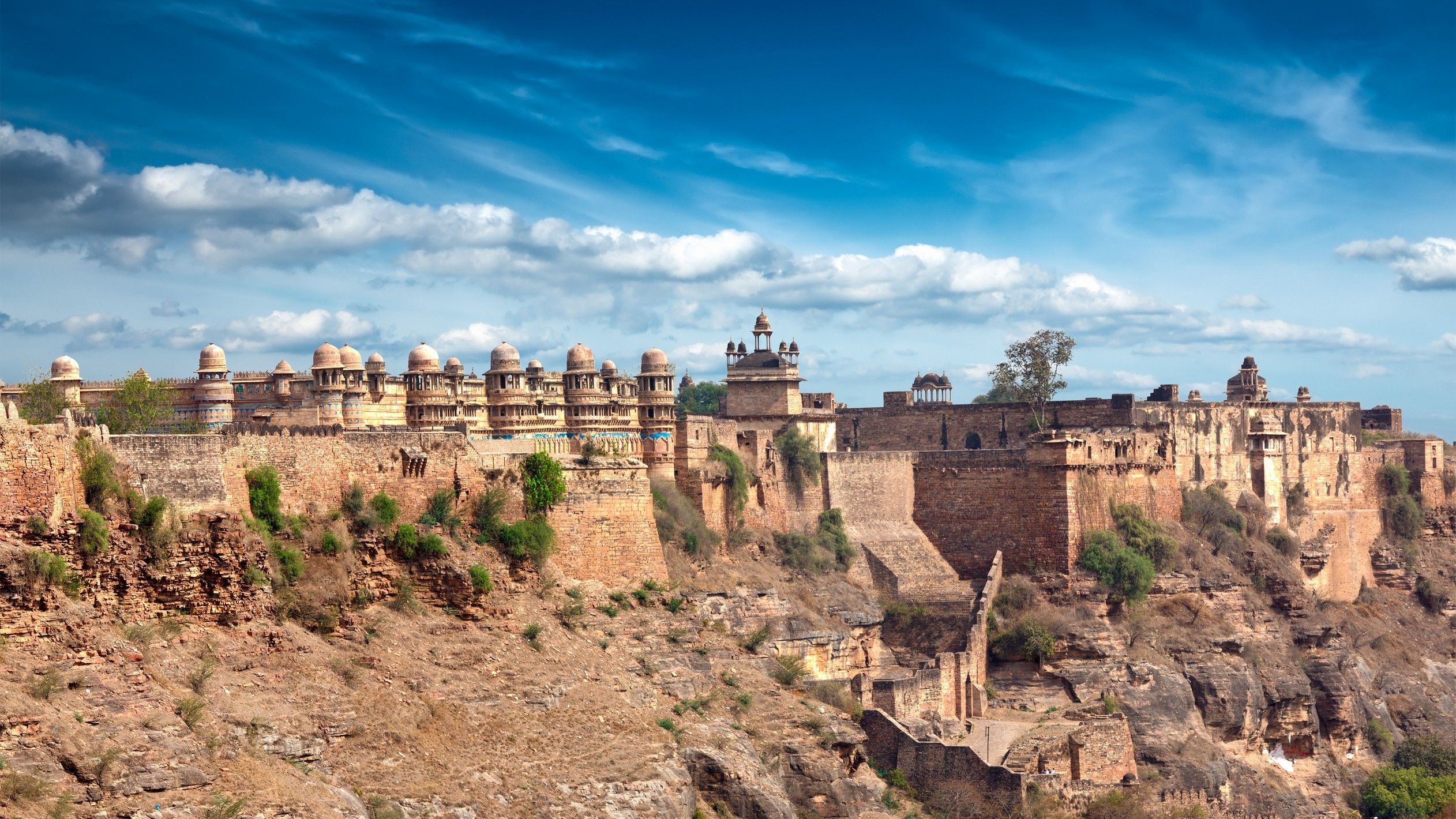
steiners-incredible-india-2024
vakantio.de/steiners-incredible-india-2024
BLOG 9: Satpura National Park
प्रकाशित: 29.02.2024
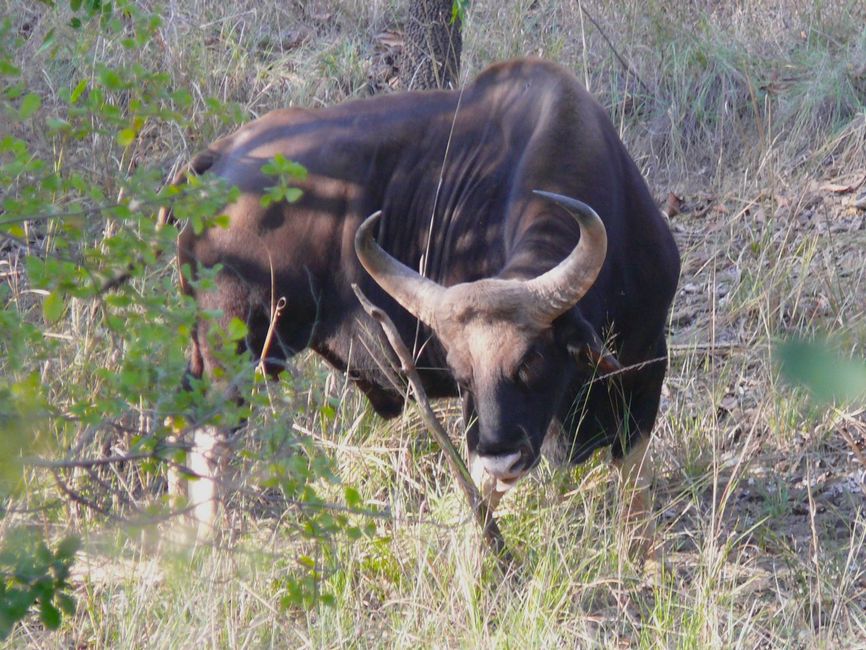
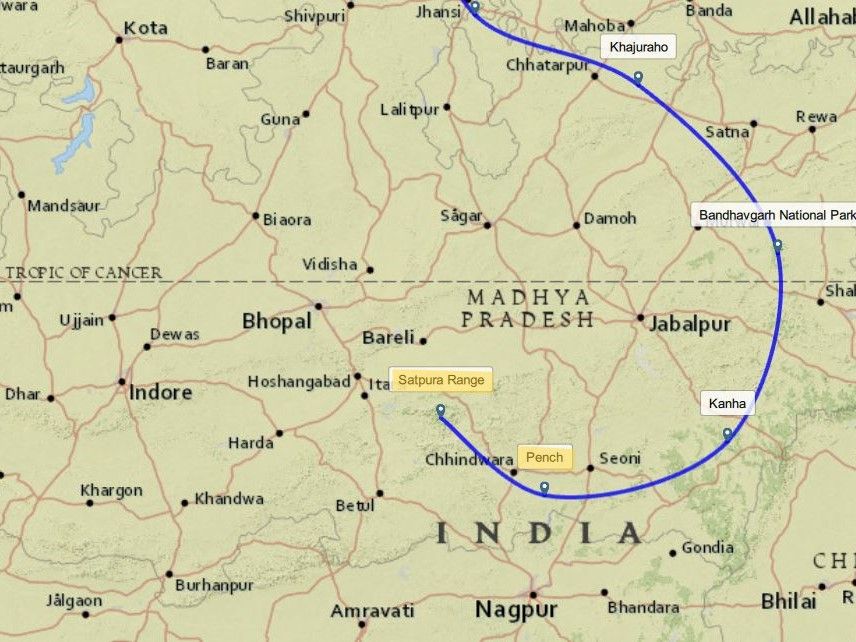
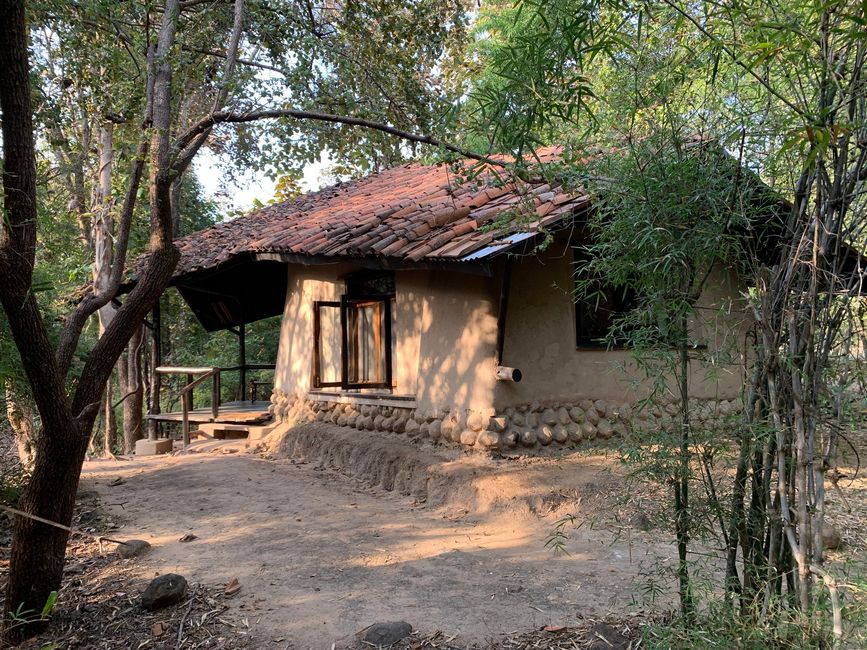
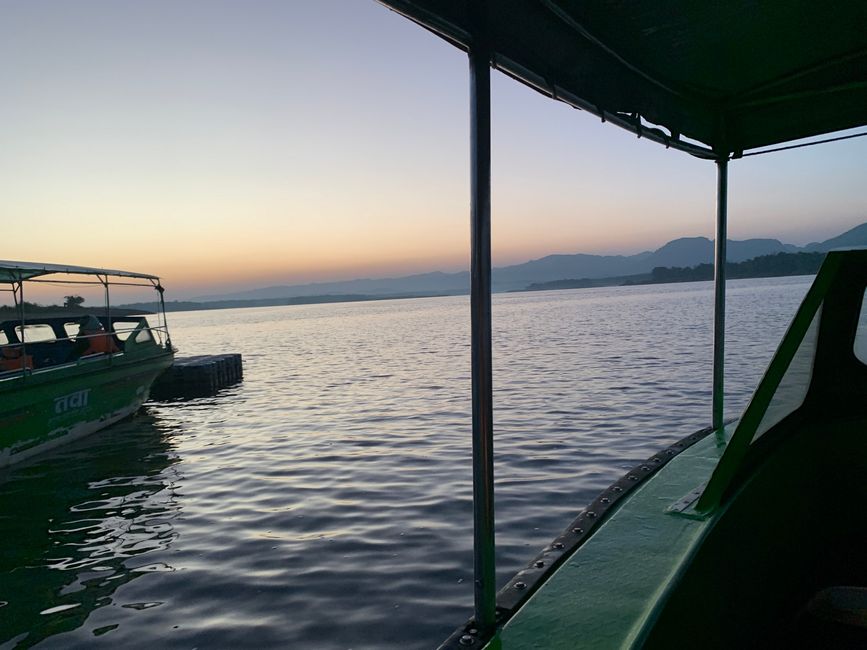
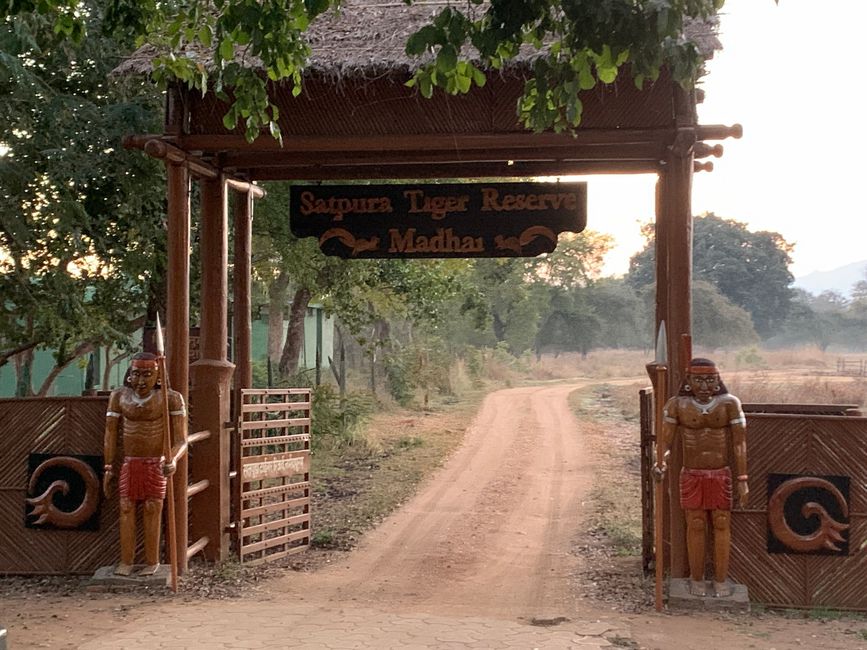

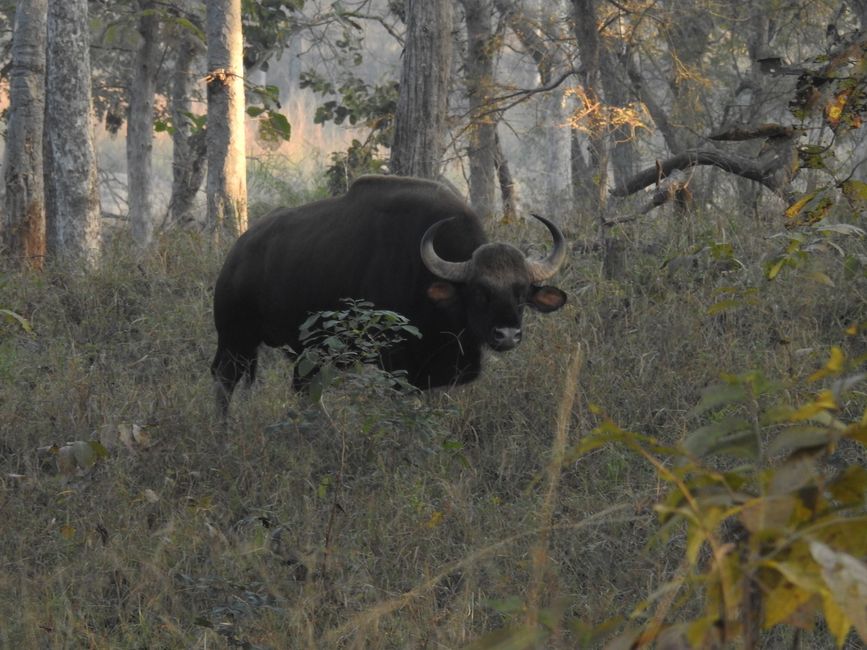
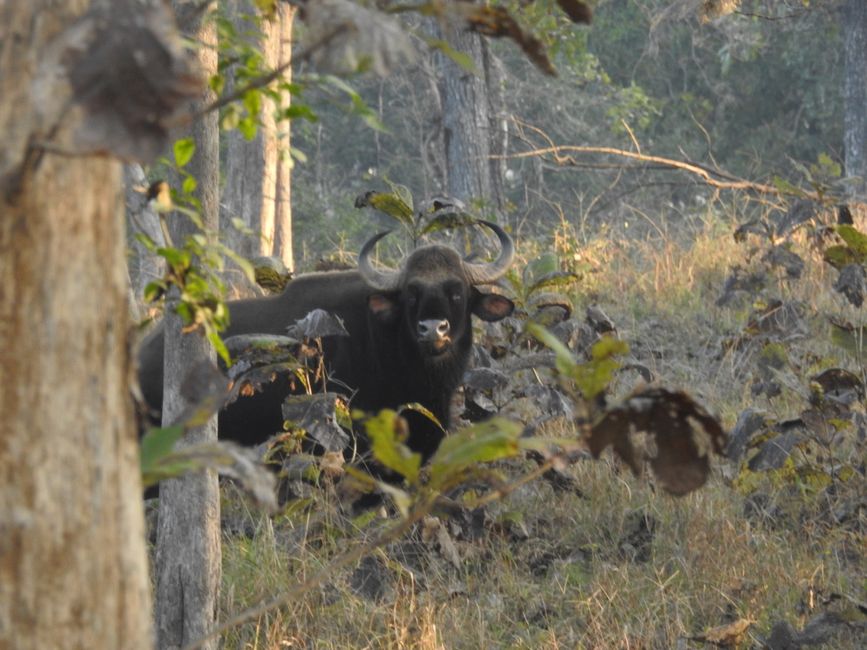
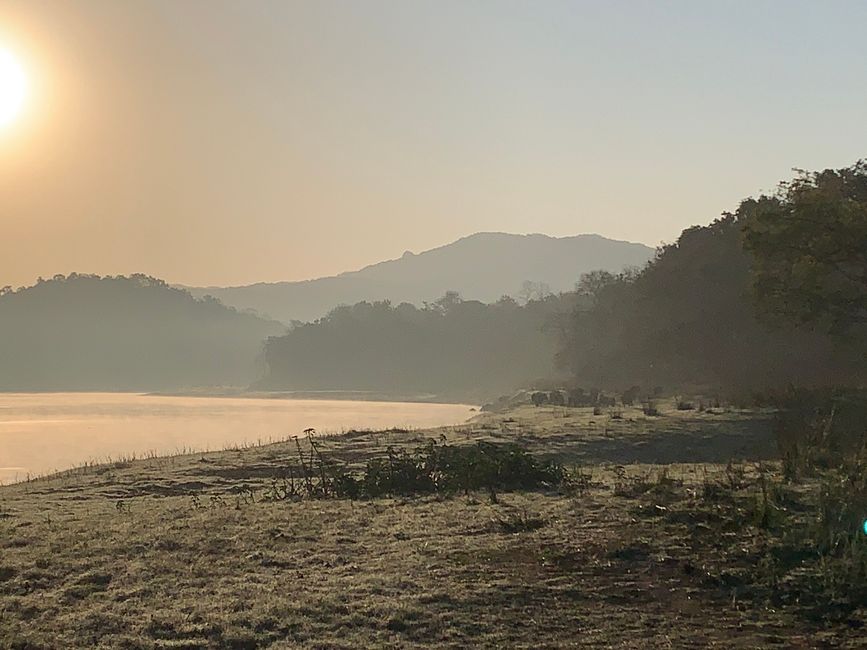
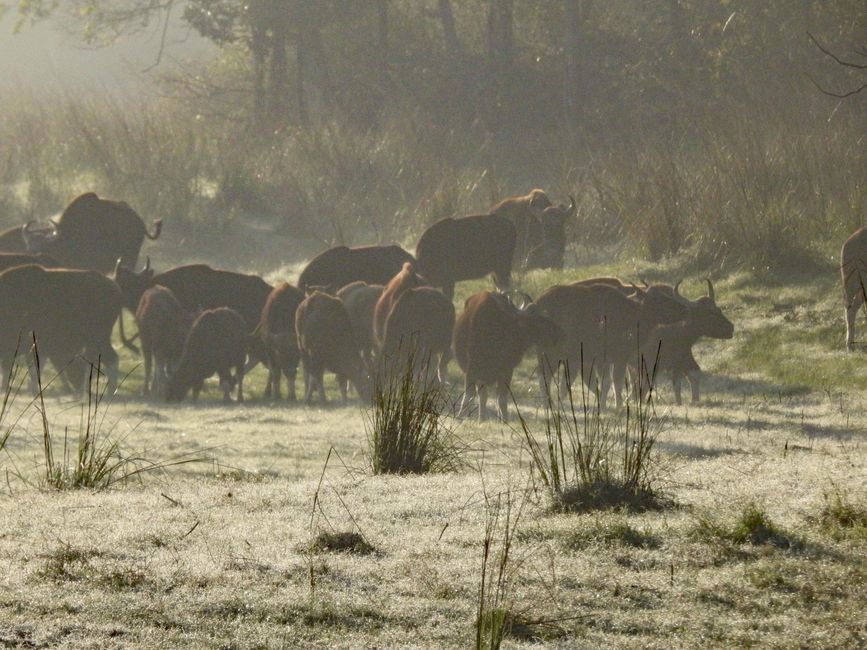
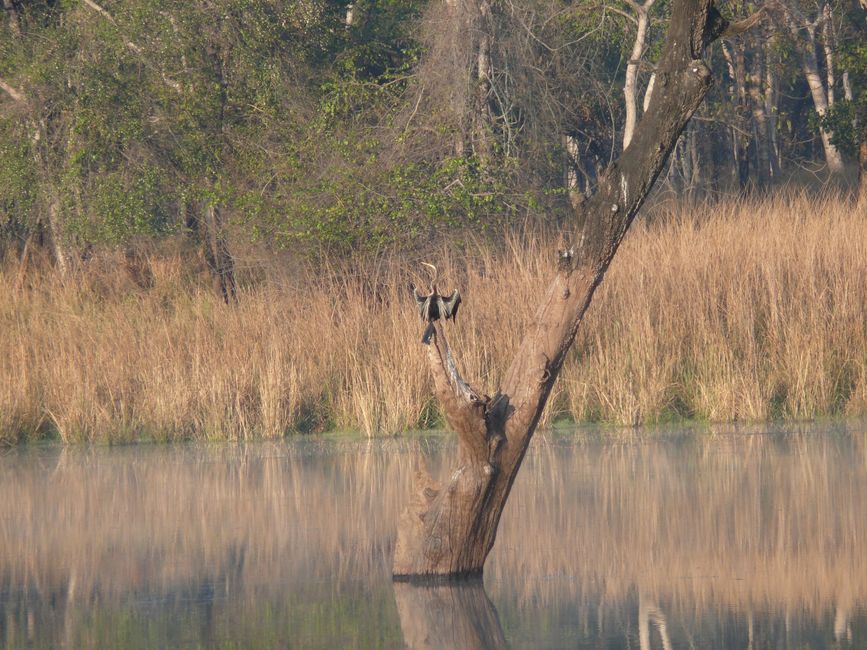
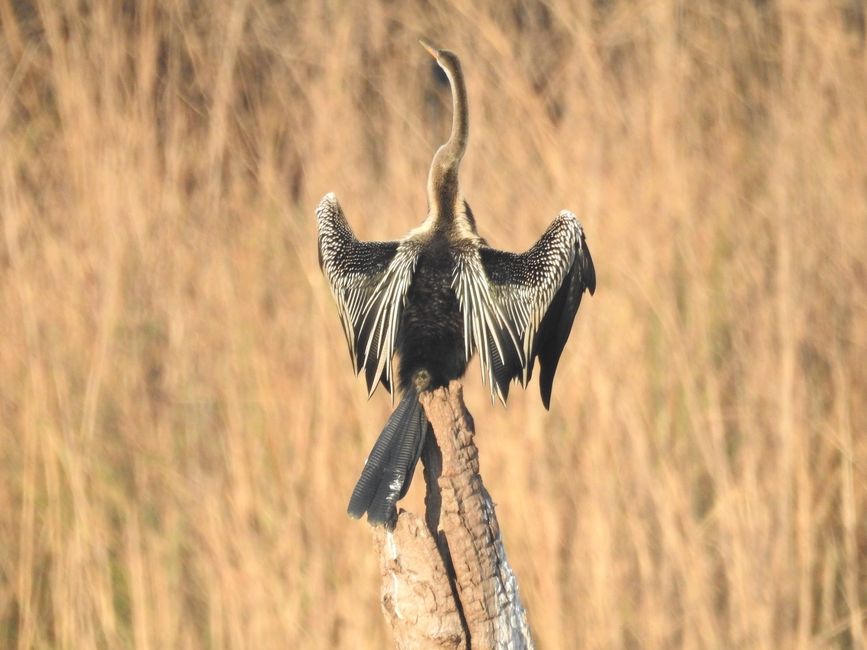
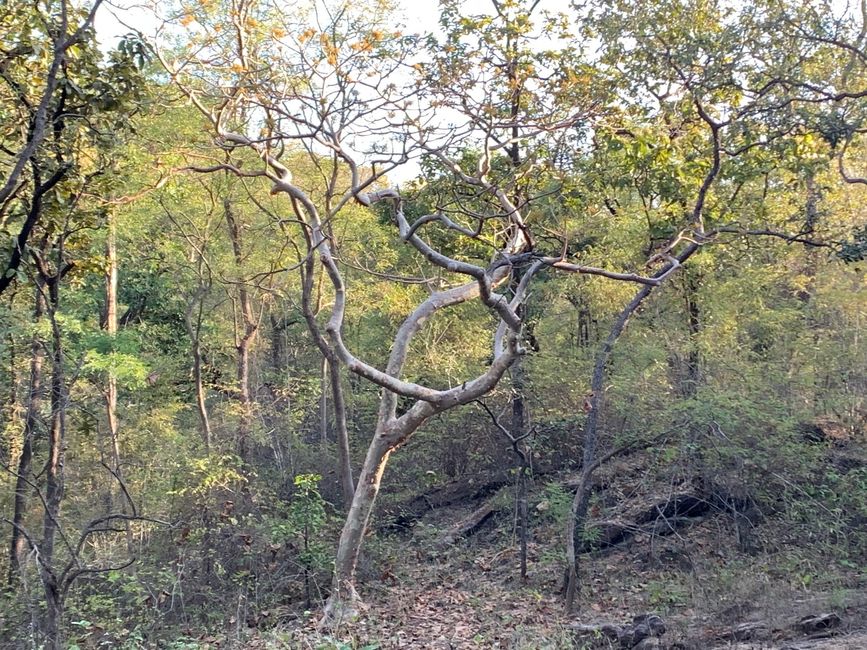
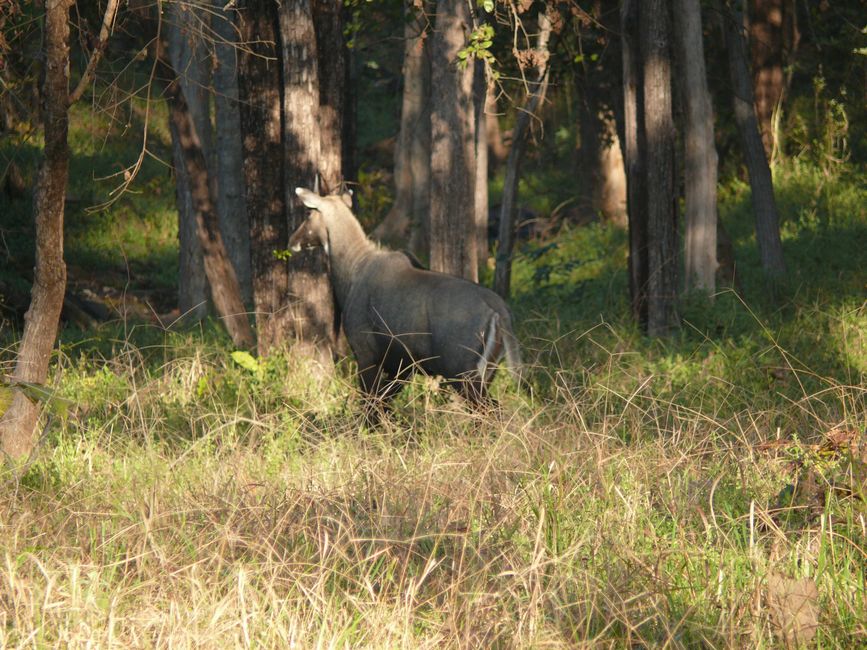

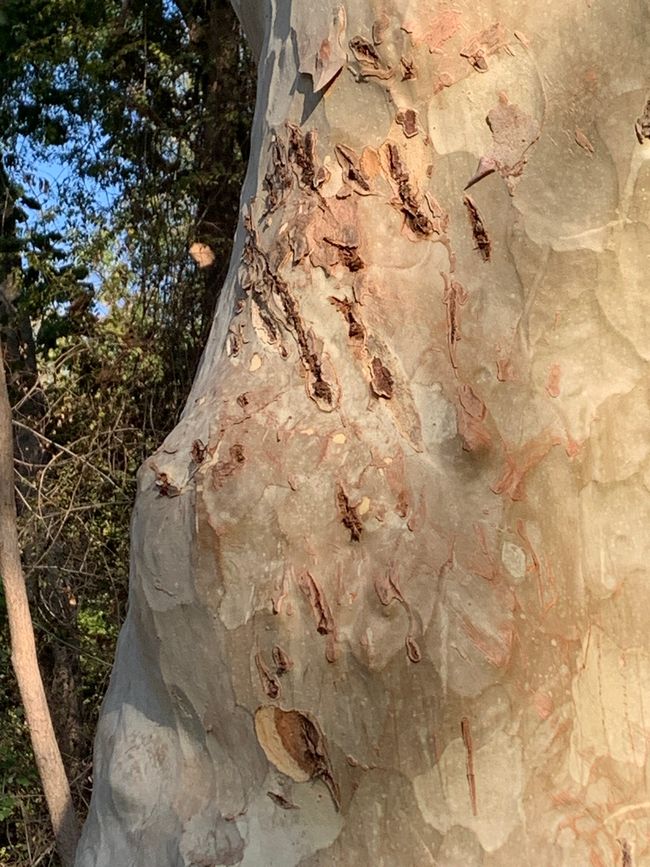
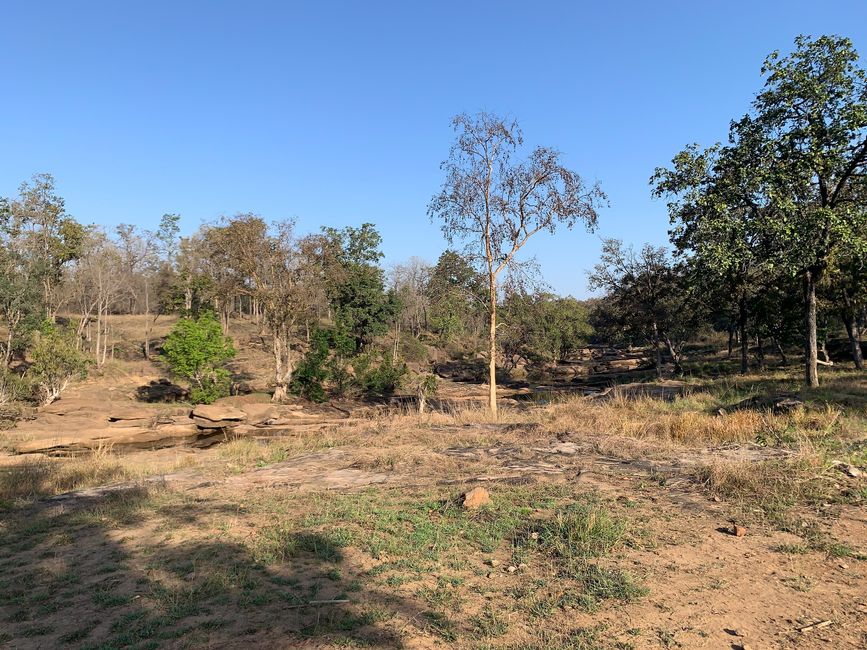
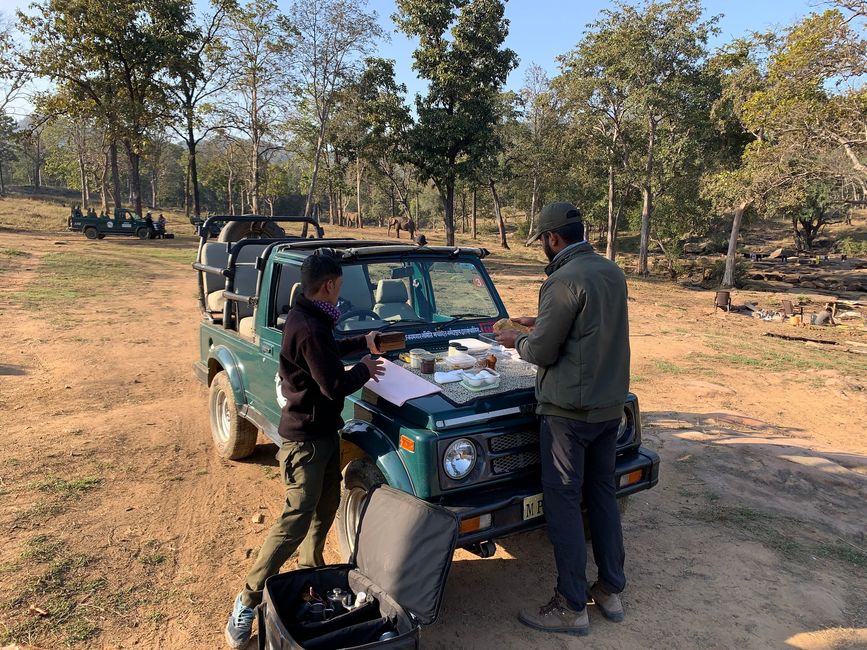
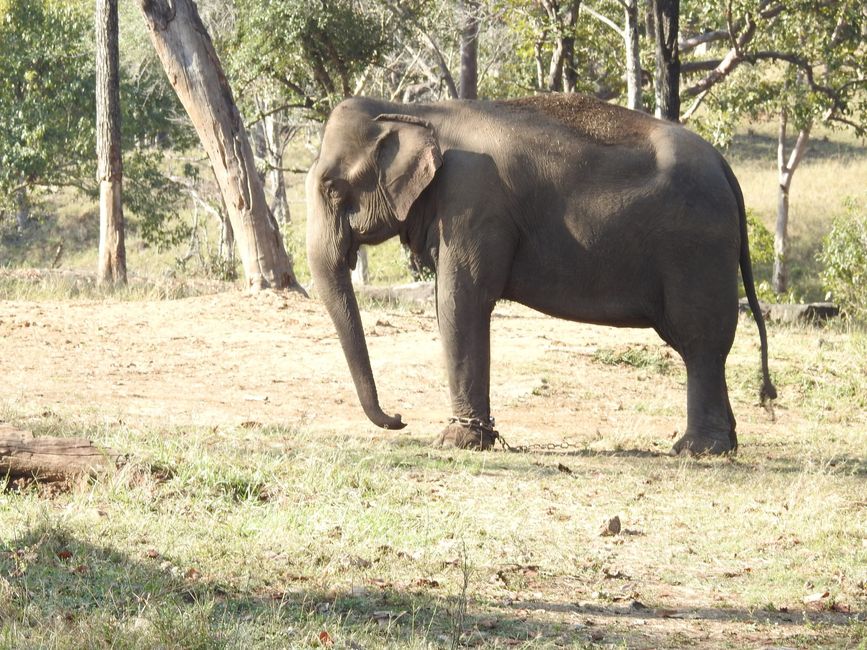
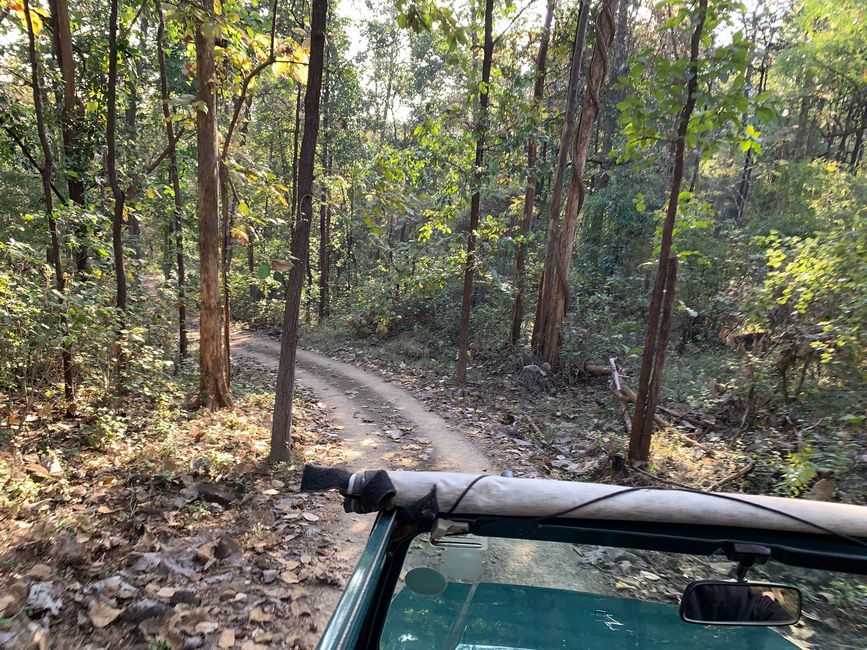
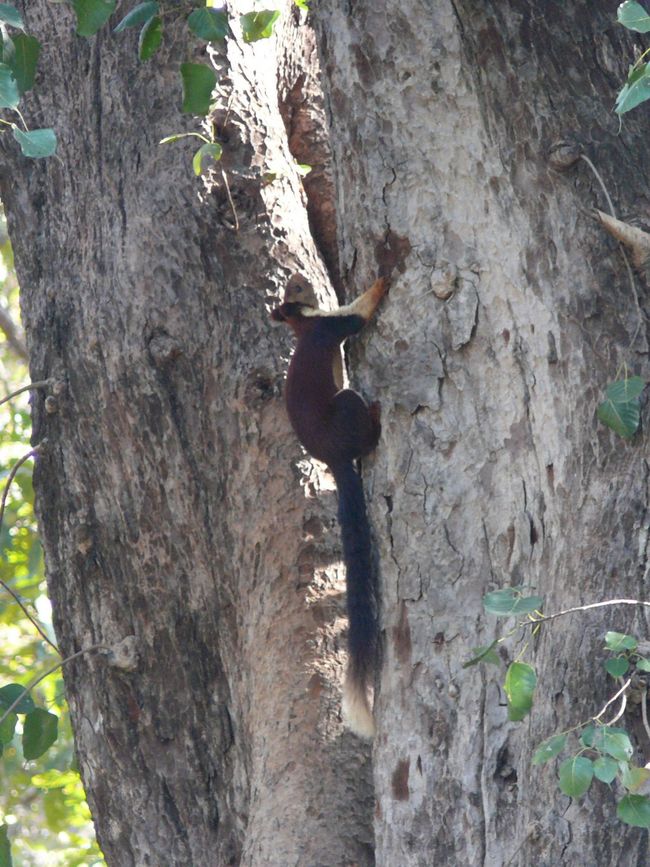
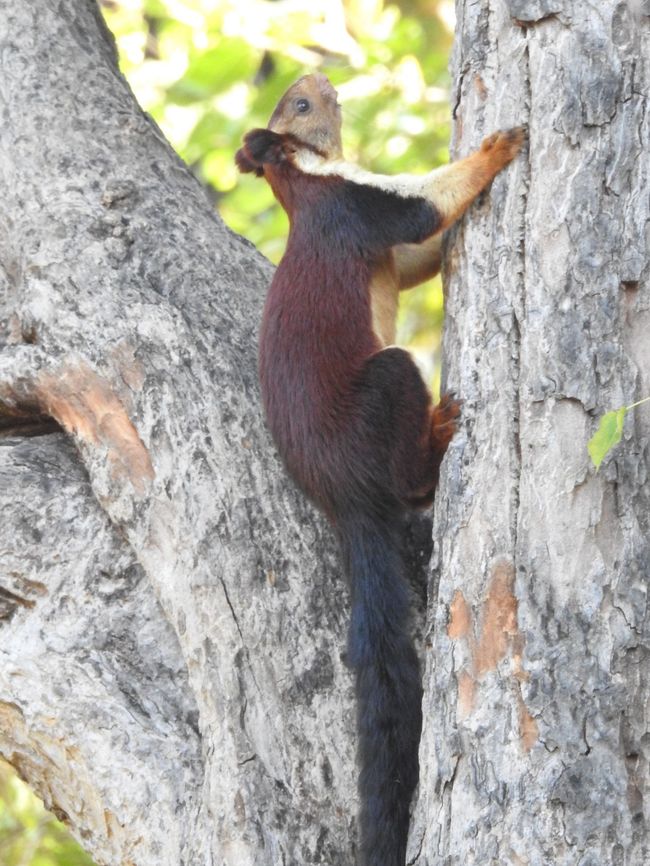
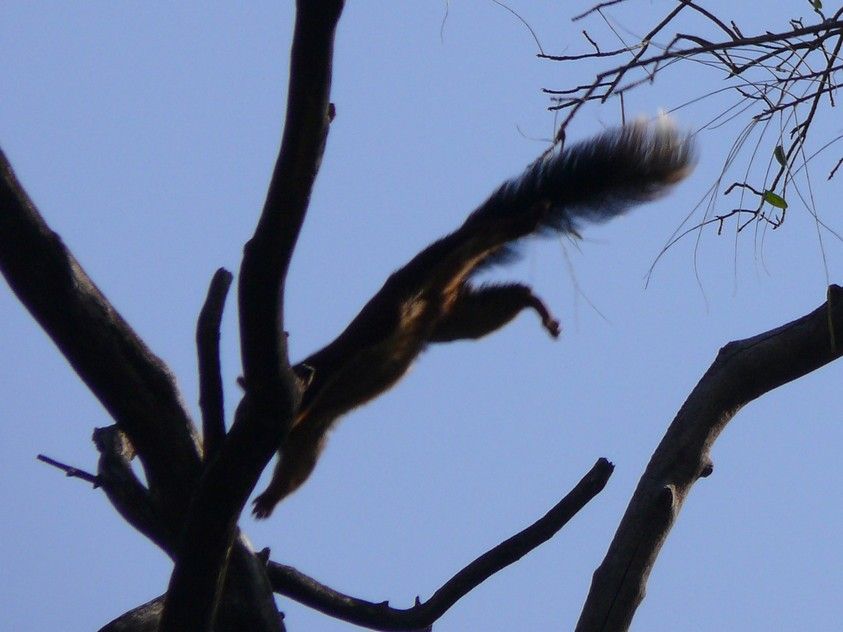
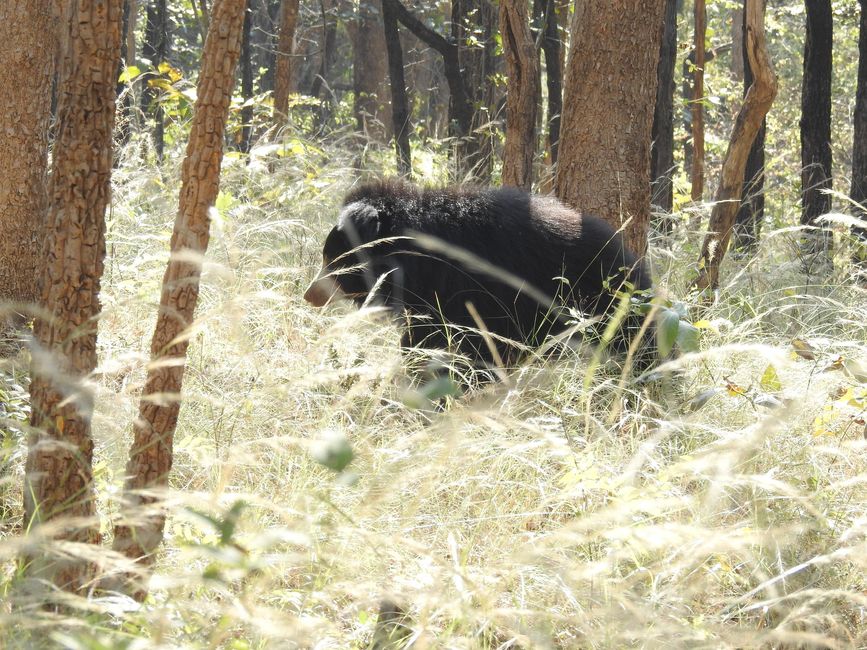
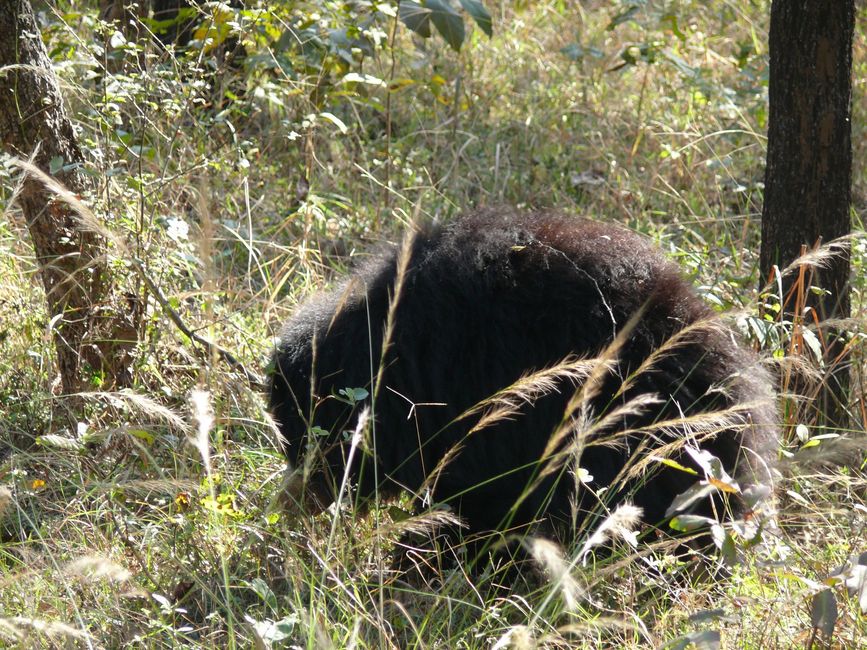
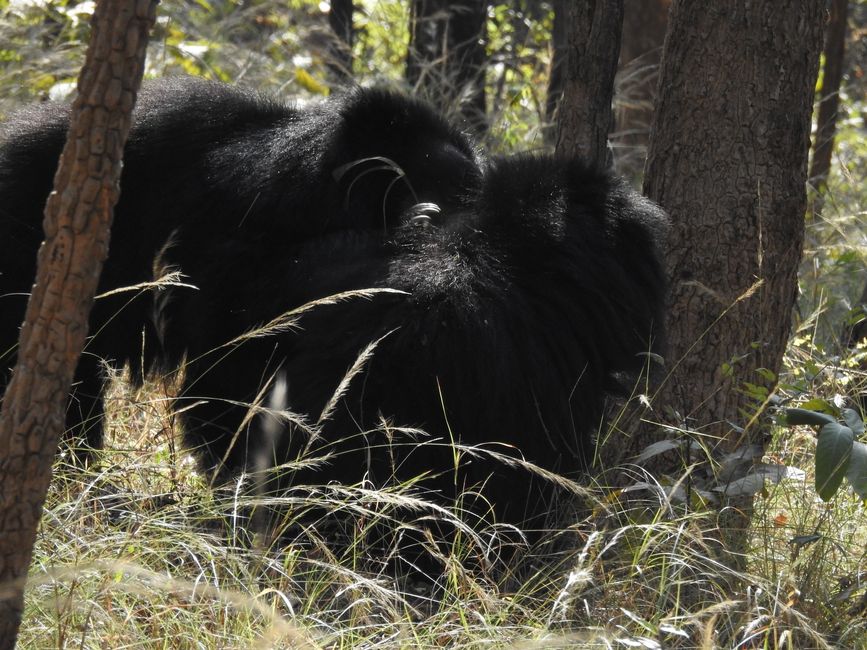
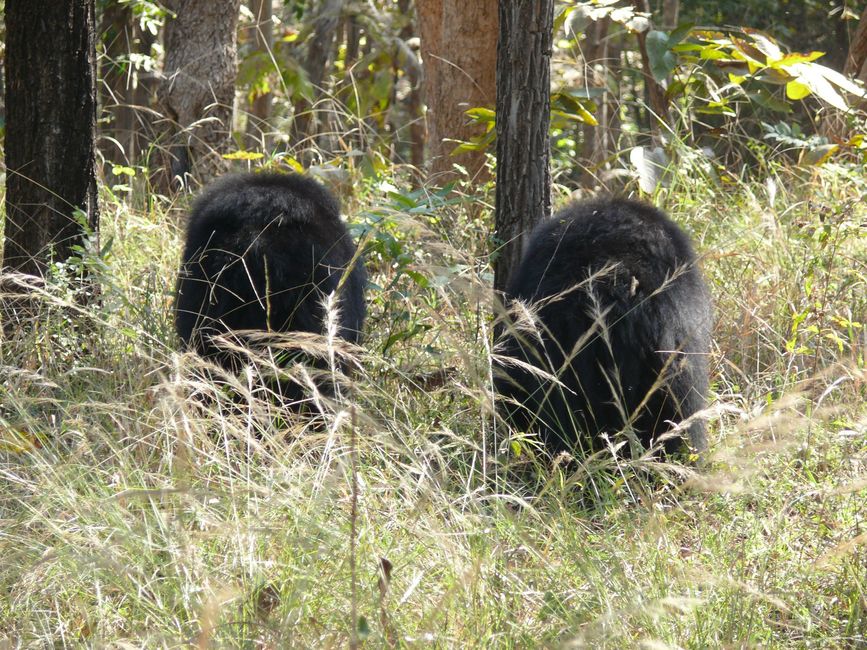
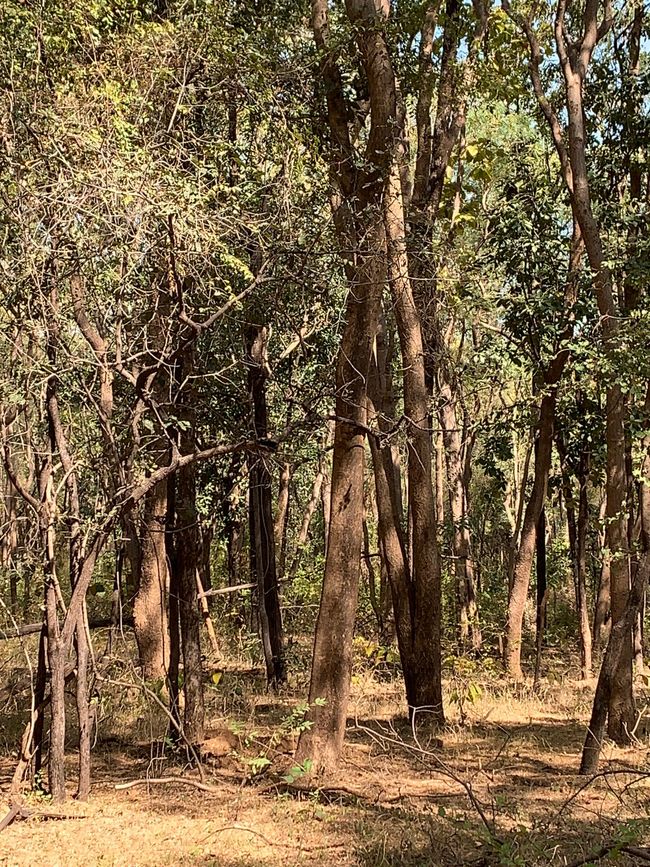
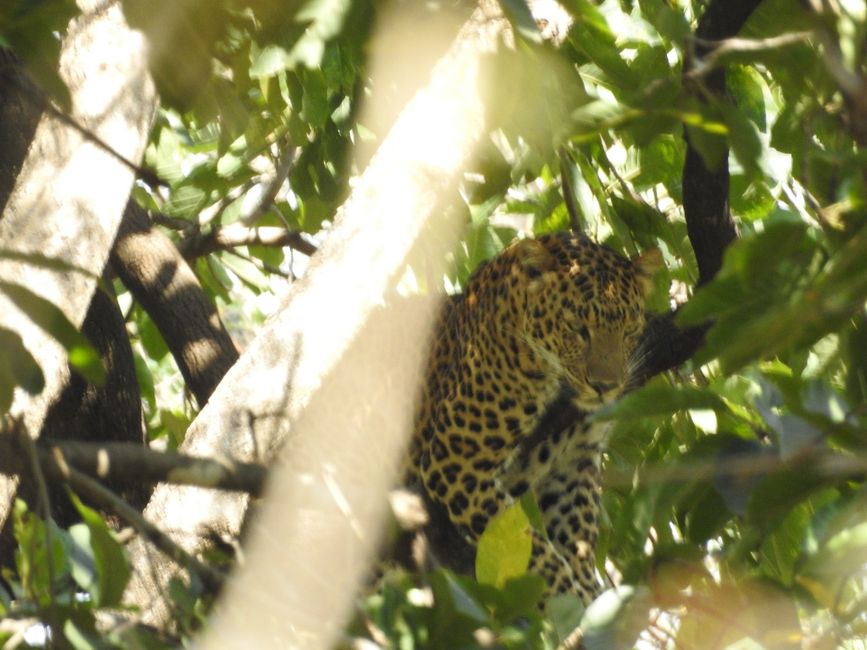
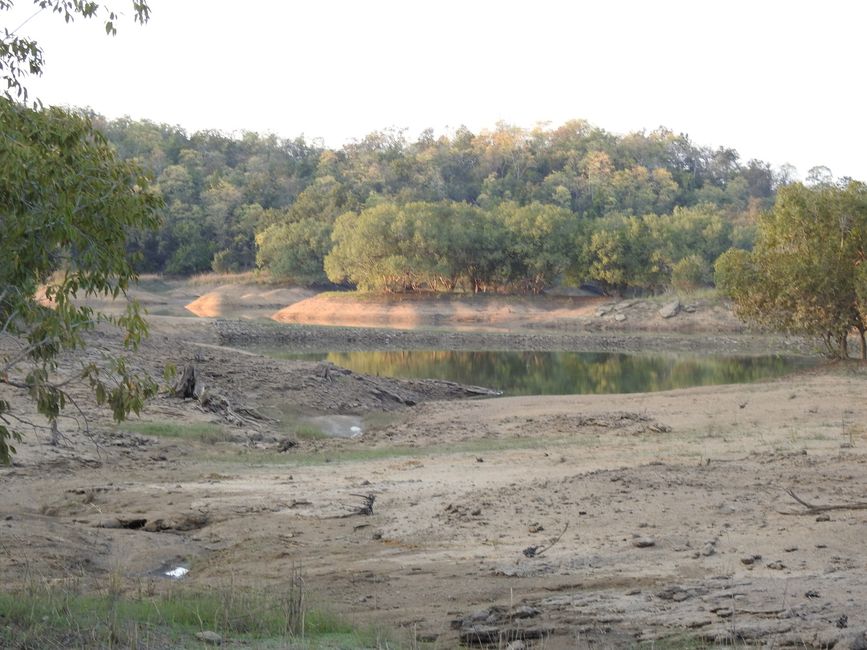
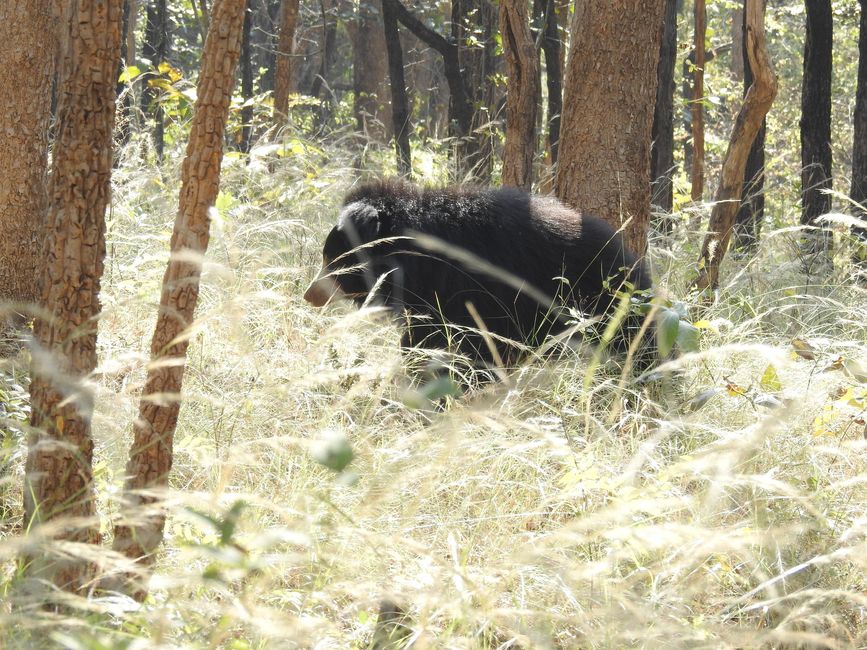
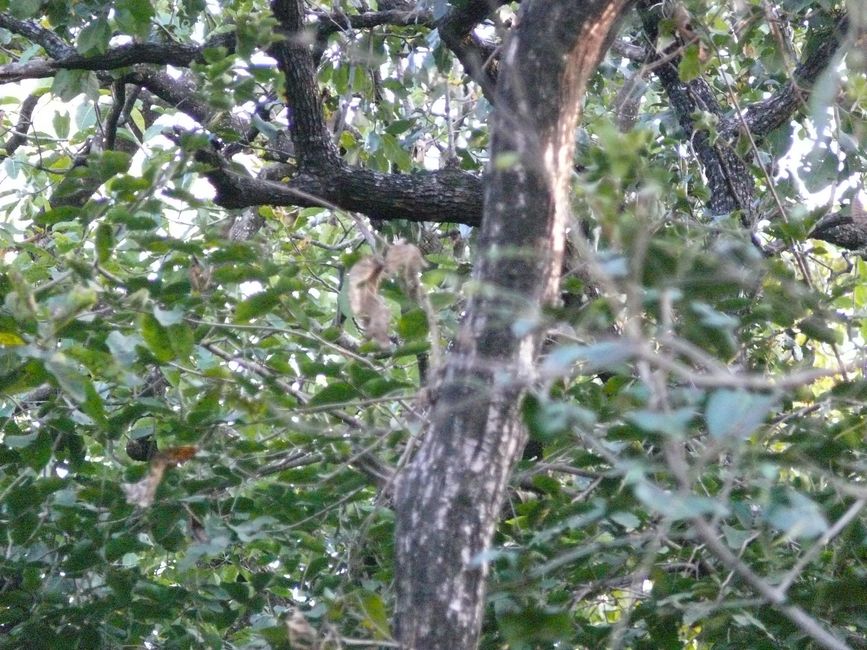
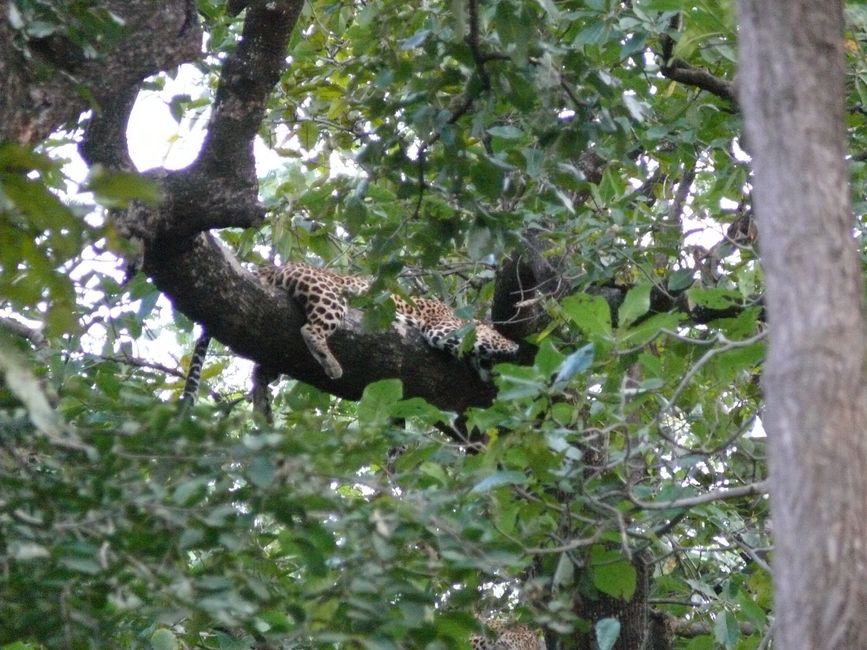
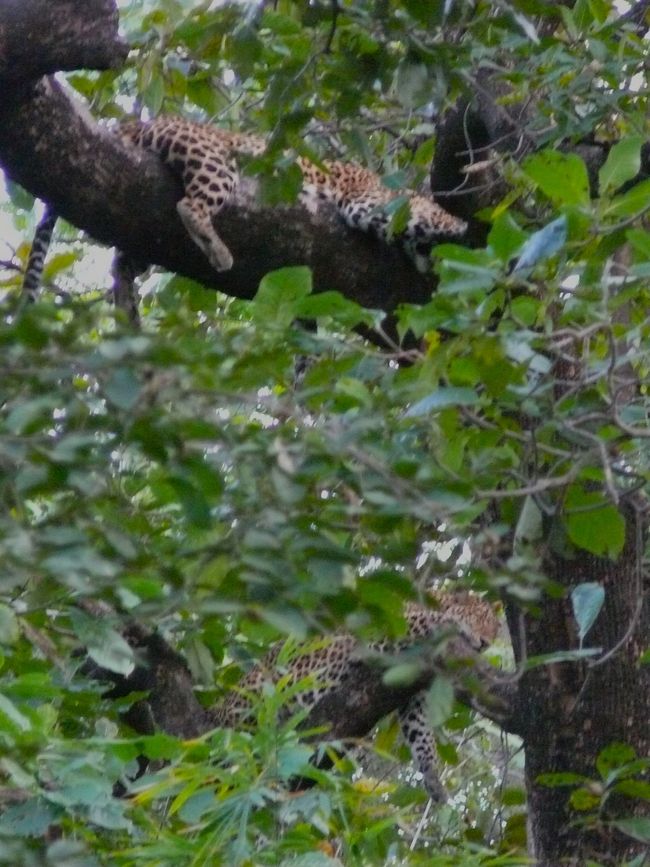
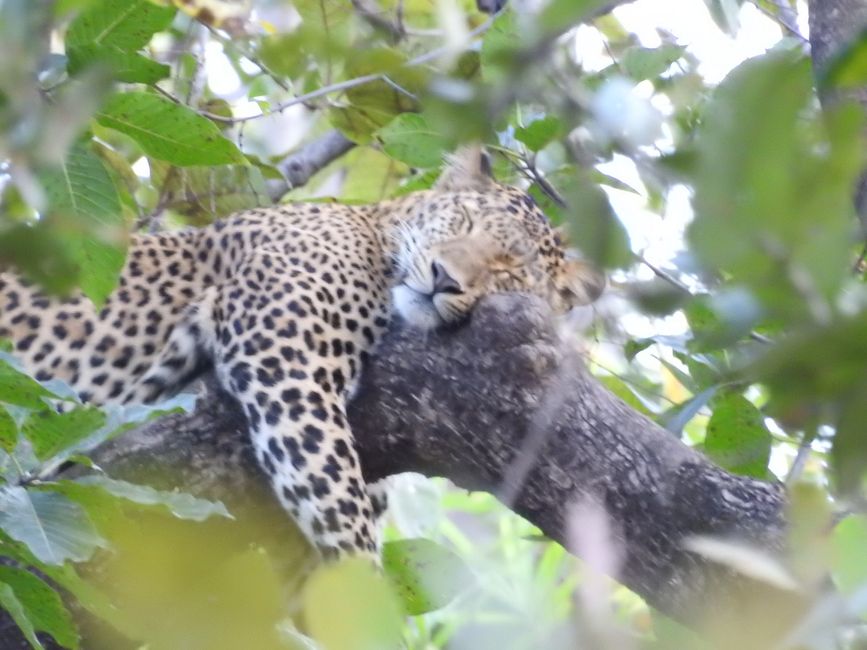




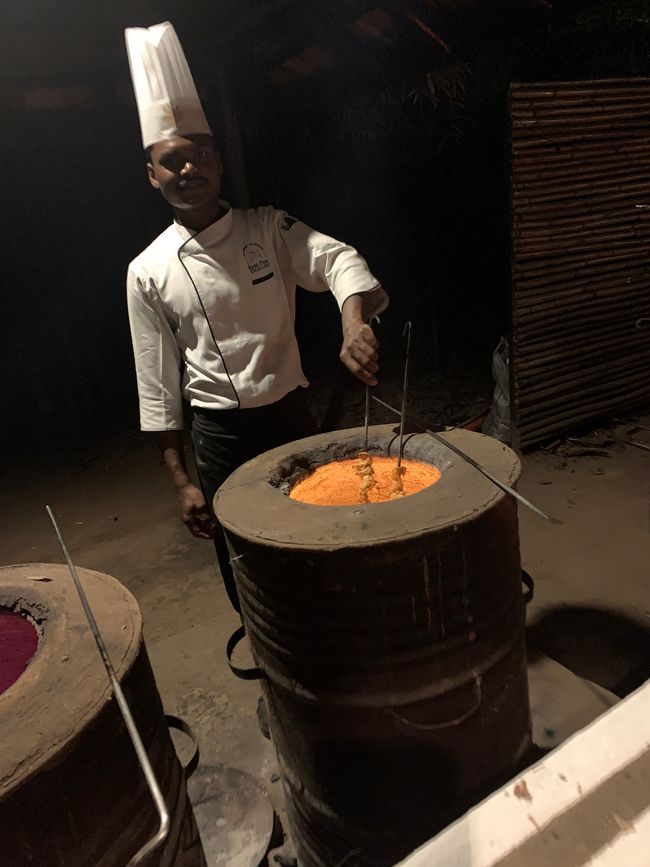
समाचार पत्रिका के लिए सदस्यता लें
Also located in Madhya Pradesh, Satpura National Park, also known as Satpura Tiger Reserve, was first explored in 1862 by Captain James Forsyth of the Bengal Lancers. The name Satpura is a Sanskrit word meaning “Seven Mountains”. Spread over 524 square kilometers across the hill ranges of central India, the park is part of the Panchmarhi Biodiversity Reserve and has a rich flora and fauna with over 1,300 species of plants, 50 species of mammals, 254 species of birds, 30 species of reptiles and 50 species of butterflies.
We are staying in a cozy little house in the beautiful “Reni Pani Jungle Lodge”. Like practically all lodges in India, this one is located outside the actual national park - here access is not only by car, but you can also take boats across the reservoir of the Tawa River.
Here, for the first time on this trip, we don't see any tigers in any of the national parks we visited. But we don't mind, we've already seen a few. In addition to the aforementioned diverse birdlife, we can record “new sightings”: especially sloth bears – the model for the friendly bear Baloo from the “Jungle Book” and also the Indian giant squirrel, which can grow up to one meter long (including the tail). There are also “old acquaintances”: gaurs, wild boars, as always axis deer and two nilgai antelopes scurry past. To top it off, we find three leopards in two different sightings. Since the animals sleep somewhere well camouflaged on a tree branch during the day, it always takes some time for us inexperienced city dwellers before we can actually recognize leopards that the guides have spotted.
-------------------------------------------------- -------------------------------------
Located also in Madhya Pradesh, Satpura National Park also known as Satpura Tiger Reserve was first explored by Captain James Forsyth of the Bengal Lancers in the year 1862. Stretching 524 square kilometers across the hill ranges of central India, the park's name, Satpura, is a Sanskrit word that means seven mountains. It is a part of the Panchmarhi Biodiversity Reserve and is rich in flora and fauna with over 1,300 species of plants, 50 species of mammals, 254 species of birds, 30 species of reptiles, and 50 species of butterflies.
We are staying in a cozy little house in the beautiful “Reni Pani Jungle Lodge”. Like practically all lodges in India, also this one is located outside the actual national park - here access is not only by car, but you must also take boats to cross the reservoir of the Tawa River.
Here, for the first time on this trip, we don't see any tigers in any of the national parks. But we don't mind, since we've already seen a few. In addition to the aforementioned diverse birdlife, we can record “new sightings”: especially sloth bears – the model for the friendly bear Baloo from the “Jungle Book” and also the Indian giant squirrel, which can grow up to one meter long (including the tail). There are also “old friends”: gaurs, wild boars, as always axis deer and two nilgai antelopes scurry by. To top it off, we find three leopards in two different sightings. Since the animals sleep somewhere well camouflaged on a tree branch during the day, it takes some time for us inexperienced city dwellers to actually be able to recognize the leopards that the guides have spotted.
समाचार पत्रिका के लिए सदस्यता लें
उत्तर
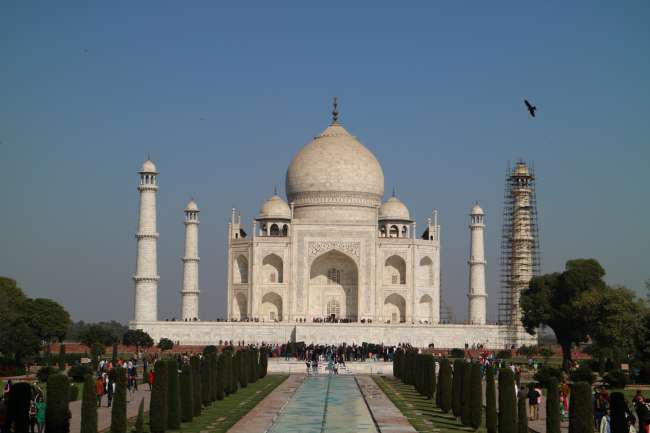
यात्रा रिपोर्ट भारत
